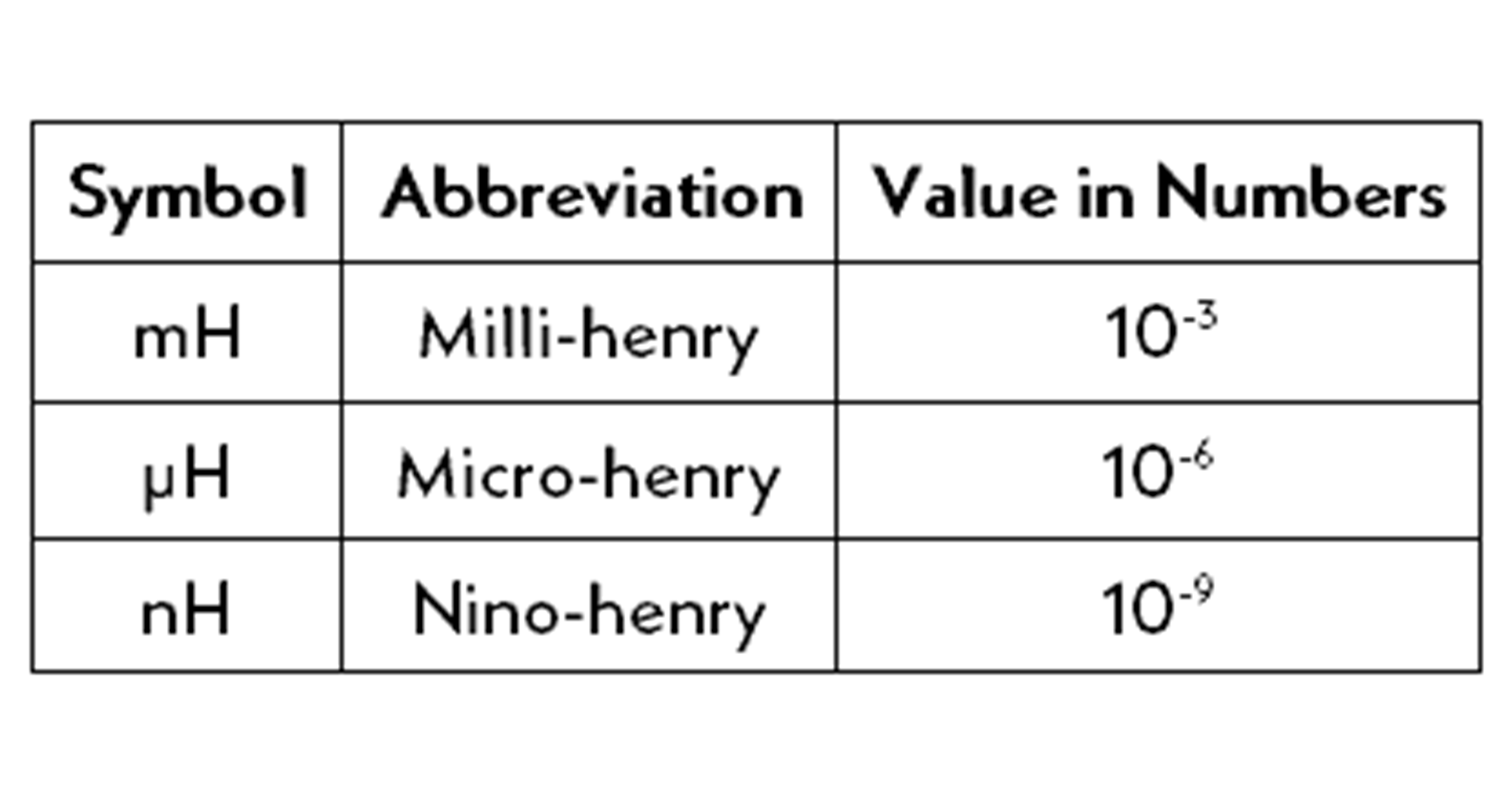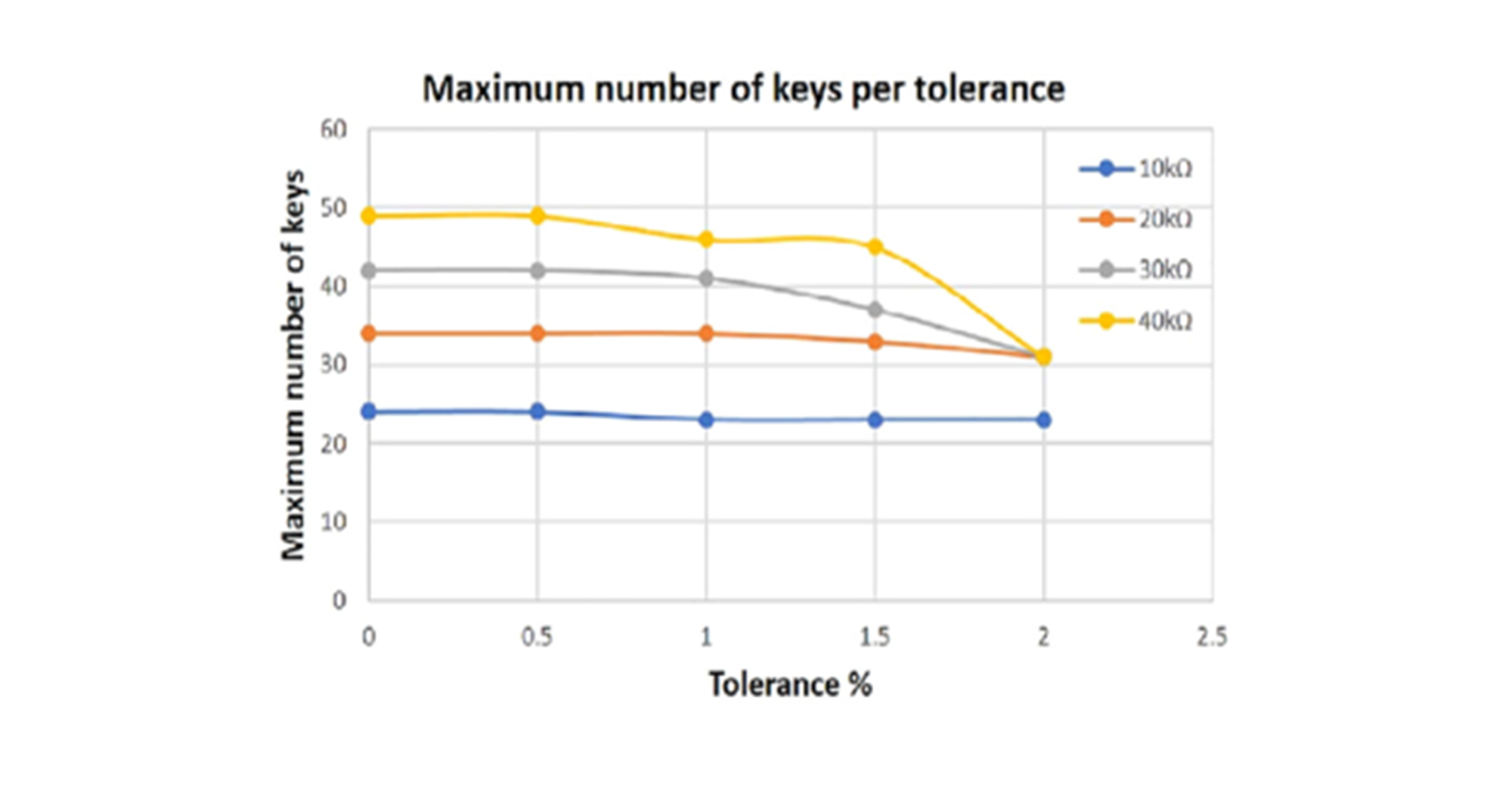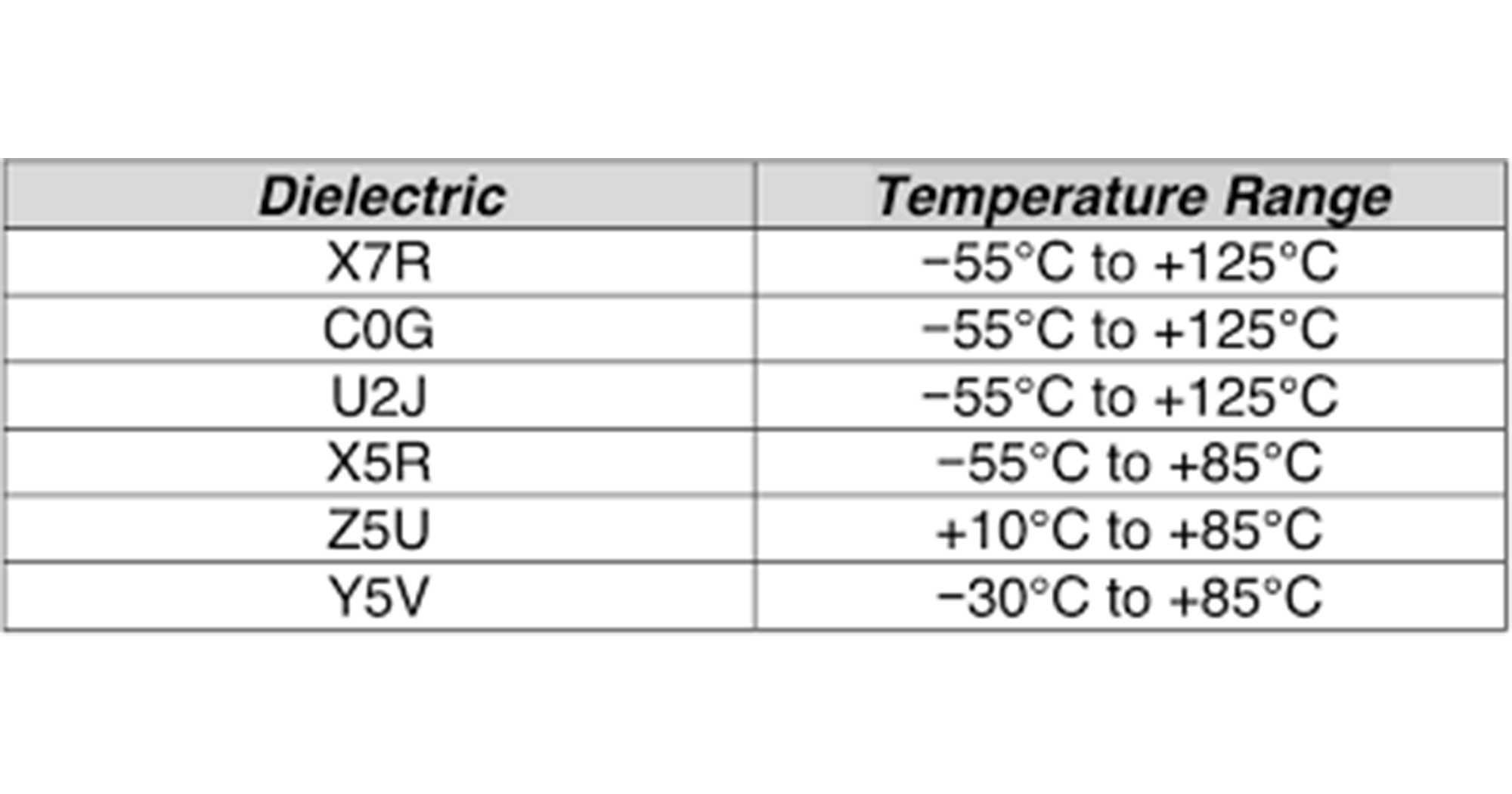A Practical Guide: Understanding "3-State Output" in Buffers
In the world of digital electronics, the term "3-state output" often appears in specifications for devices such as buffers, line drivers, and bus transceivers. For procurement professionals, engineers, and others working in the electronic components industry, understanding this feature is essential when selecting components like the Non-Inverting Buffer with 3-State Output in SOT-23-5 Package. This article explores the concept of 3-state output, its applications, and why it remains a crucial feature.
What Does "3-State Output" Mean?
A 3-state (or tri-state) output refers to an output configuration that can exist in three different states:
- High (Logic 1): The output actively drives a high voltage level, representing a logic "1."
- Low (Logic 0): The output actively drives a low voltage level, representing a logic "0."
- High Impedance (Hi-Z): The output is effectively disconnected, appearing as if it’s not part of the circuit. In this state, the output neither sources nor sinks current.
Why Use 3-State Outputs?
3-state outputs are widely used in digital systems where multiple devices share a common communication line, such as data buses. The Hi-Z state allows multiple components to connect to the same line without interference, as only one device drives the bus at a time.
Key Benefits:
- Bus Sharing: Enables multiple devices to take turns driving the same signal line, reducing the number of required pins and connections.
- Power Savings: The Hi-Z state consumes minimal power, as the output is not driving a load.
- Preventing Contention: Ensures that no two devices simultaneously drive conflicting signals on the same line, which could cause errors or damage.
Applications of 3-State Buffers
3-state buffers are versatile and commonly found in:
- Microcontroller Interfaces: Simplifies communication between processors and peripherals over shared buses.
- Memory Systems: Allows multiple memory devices to connect to a single data bus while ensuring only one device is active at a time.
- Data Bus Drivers: Ensures smooth operation of parallel data buses in computers and industrial equipment.
- Switching Circuits: Acts as an intermediary to enable or disable signal paths dynamically.
Features of the SOT-23-5 Buffer
The Non-Inverting 1-Bit Buffer with 3-State Output is a compact, efficient solution for digital systems. Its key features typically include:
- Non-Inverting Function: Ensures the output signal matches the input signal’s logic state.
- 1-Bit Design: Optimized for single-signal control or simple logic circuits.
- Compact SOT-23-5 Package: Ideal for space-constrained designs such as portable electronics or embedded systems.
- Control Pin for Hi-Z: A dedicated enable or control pin allows the output to switch between active and Hi-Z states.
Choosing the Right Buffer
When selecting a 3-state buffer, consider the following:
- Voltage and Current Ratings: Match the buffer’s specifications to your system’s requirements for reliable operation.
- Switching Speed: Evaluate the propagation delay and enable/disable times, especially in high-speed applications.
- Package Size: Compact packages like SOT-23-5 are ideal for modern, space-saving designs.
- Output Drive Capability: Ensure the buffer can handle the required load current without compromising performance.
The Future of 3-State Buffers
As electronic devices continue to shrink while becoming more interconnected, 3-state buffers will remain essential for optimizing circuit design and resource utilization. Advances in semiconductor technology are likely to enhance these devices’ speed, power efficiency, and integration capabilities, further solidifying their role in modern electronics.
Conclusion
The concept of 3-state output is fundamental to digital circuit design, enabling efficient communication and power management in shared-bus systems. Understanding how 3-state buffers work and their practical applications allows engineers and procurement specialists to make informed decisions when designing or sourcing components.
The Non-Inverting Buffer with 3-State Output in SOT-23-5 Package continues to be a reliable, versatile choice for both legacy systems and cutting-edge innovations.
Some Model Numbers




